
Twenty-five years ago, ‘Analyze This’ offered a comedic take on a Mafia boss under psychiatric care
The 1999 film came out two months after ‘The Sopranos’ debuted on television with a mobster seeing a therapist
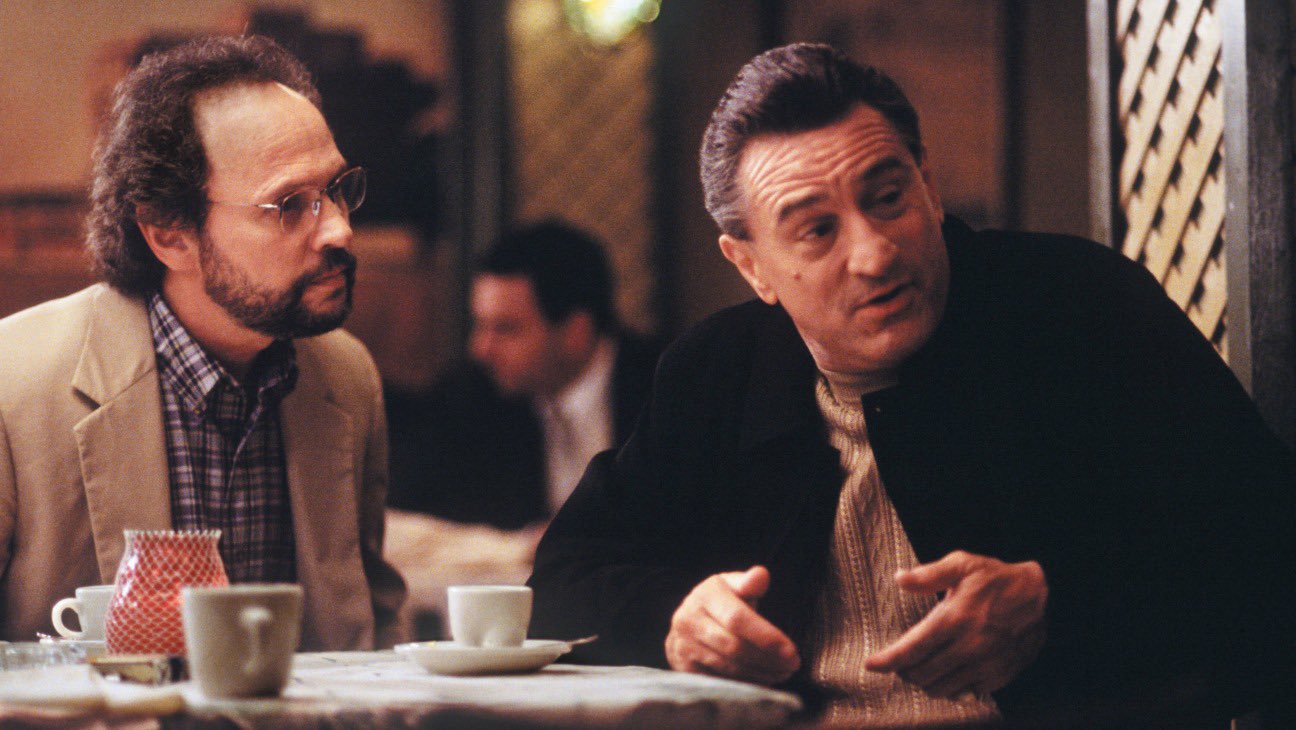
When the movie Analyze This premiered in theaters 25 years ago, it portrayed a Mob boss far different from the previous tough guys typical of gangster films.
The Mafia don in Analyze This, Paul Vitti, played by Robert De Niro, is an unstable gangster prone to panic attacks and uncontrolled sobbing. He is being treated by a psychiatrist, Dr. Ben Sobel (Billy Crystal).
Paul Vitti was a departure from cinematic figures such as Michael Corleone (Al Pacino), a Marine combat veteran who becomes head of a New York crime family in The Godfather movies.
Directed by Harold Ramis (Caddyshack, Groundhog Day), Analyze This debuted in March 1999, two months after The Sopranos debuted on HBO. The Sopranos also featured a high-ranking mobster, Tony Soprano, undergoing therapy for mental health concerns.
Writing in The New Yorker in March 1999, Nancy Franklin said the fact that Analyze This and The Sopranos were released during the same period was “one of the odder pop culture coincidences.”
“But Analyze This and The Sopranos don’t actually have much in common, beyond perhaps implying that the best candidates for long-term therapy these days are people with access to a suitcase of cash,” Franklin wrote. “The De Niro movie sends up and reinforces stereotypes, while The Sopranos, which was created by David Chase, gives you something — almost too many things — to think about.”
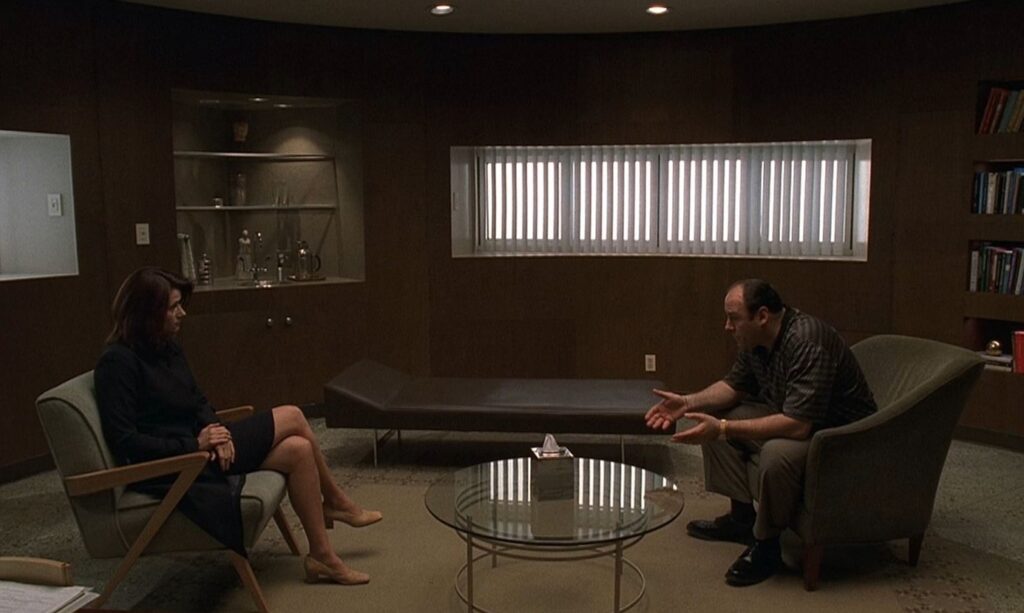
‘Corrective emotional experience’
Analyze This was not the first big-screen spoof on the Mob. In 1971, The Gang That Couldn’t Shoot Straight, based on a novel with the same title by New York newspaper columnist Jimmy Breslin, turned a Joe Gallo-like character and his world of criminal misfits into an amusing take on organized crime.
Almost three decades later, mobsters like Paul Vitti and Tony Soprano were being portrayed as anxiety-ridden and, by their own admission, in need of help.
In Analyze This, Vitti secretly visits Sobel, a bit of a burn-out who imagines himself yelling at other clients to knock some sense into them. After Mob goons throw the reluctant Sobel into a shark tank to encourage him to continue helping their boss, the psychiatrist works with the temperamental Vitti to control further meltdowns.
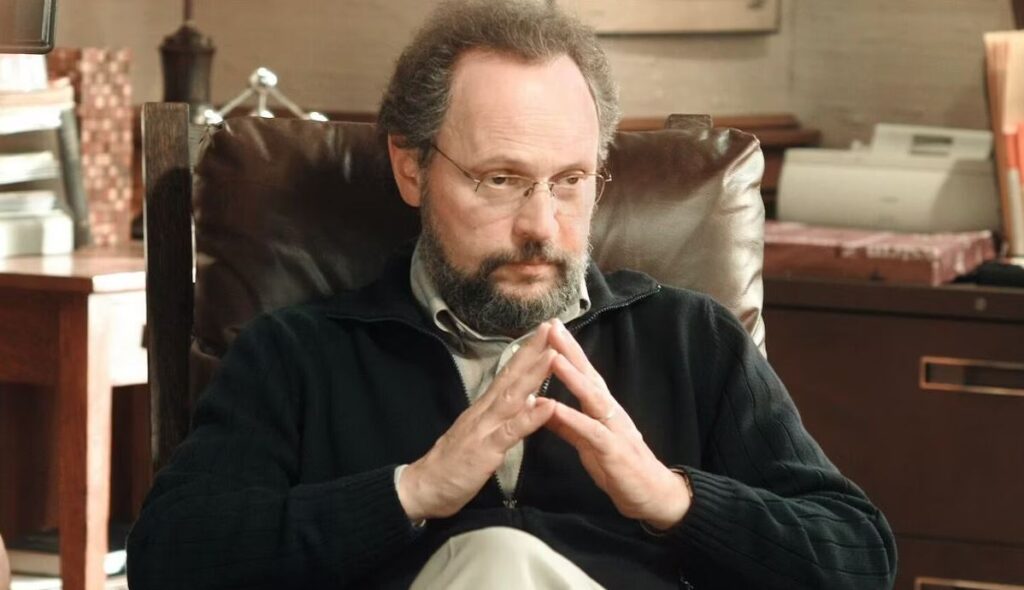
A Mob sidekick known as Jelly (Joe Viterelli) demonstrates loyalty toward the boss but not always discretion. In one scene, Jelly, told beforehand to close his ears, listens in anyway as the don tells Sobel about a dream in which milk turns black. Jelly loudly states that the dream is “weird.”
Throughout the movie, a rival ranking mobster, Primo Sidone (Chazz Palminteri), is lurking in the wings, plotting a power grab.
In the end, after a shootout leaving the newly married Sobel wounded, the De Niro character is arrested and imprisoned for 18 months at New York’s notorious Sing Sing prison. When Sobel visits him there, Vitti thanks the psychiatrist for curing him.
“We don’t say cure,” Sobel says. “We say you had a corrective emotional experience.”
A 2002 sequel, Analyze That, picks up the story from there.
Underworld’s Prime Minister befriends psychiatrist
While Paul Vitti and Tony Soprano are fictional characters, a bond was developed decades ago between high-profile Mafia figure Frank Costello and a mental health professional.
Costello, a mobster and powerful New York City political fixer, became “good friends” with a psychiatrist, Dr. Richard Hoffman, according to Costello’s longtime attorney, George Wolf.
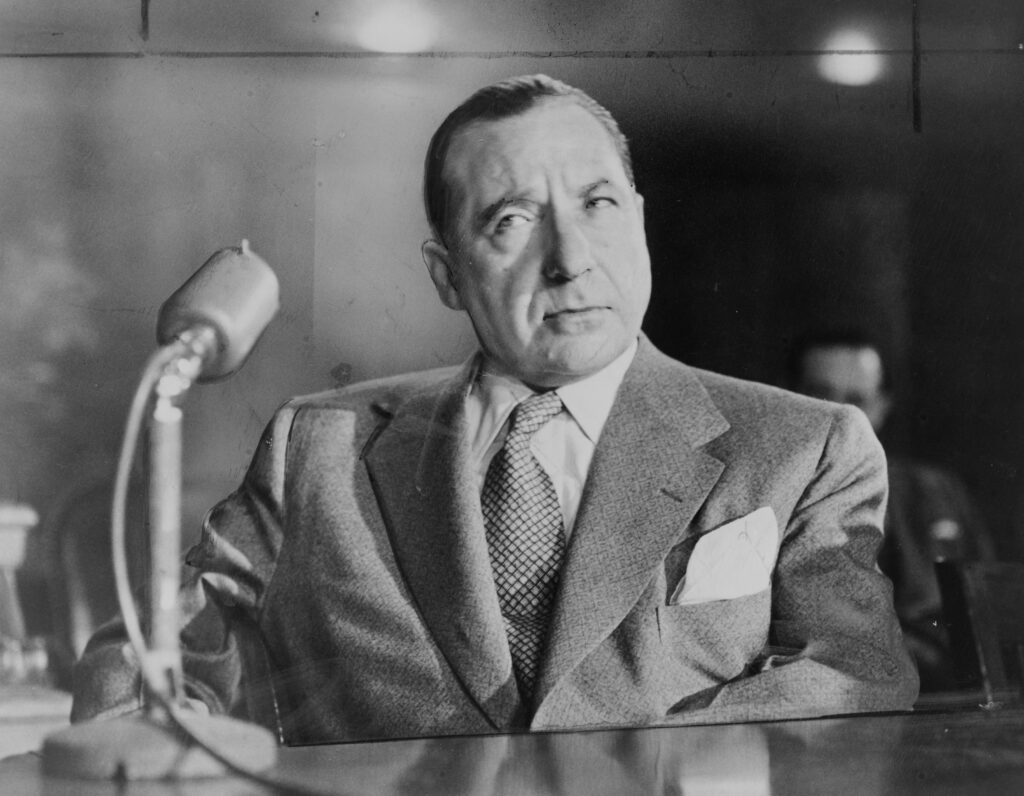
Courtesy Library of Congress
The 1974 book Frank Costello: Prime Minister of the Underworld, by Wolf and Joseph DiMona, details the relationship between Costello and the doctor.
On occasion, Hoffman would talk with Wolf’s wife, Mina, about his analysis of Costello. Mina and the psychiatrist were cousins. She introduced Costello to Hoffman.
“An enormously fascinating man,” Hoffman told her. “Egocentric — but with insecurities in several directions.”
“What does that mean?” Mina asked.
“He is absolutely sure of his own ability, and his own intelligence,” Hoffman said. “And he has a thirst for power that’s extraordinary. But this thirst for power, conversely, springs from certain insecurities.”
However, the psychiatrist ultimately “made a mistake” by talking with a journalist, according to Wolf.
“A reporter somehow found out that Frank was being seen around town with a psychiatrist,” Wolf wrote. “Dr. Hoffman told the reporter that he had advised Frank that to satisfy his inner drive he ‘should associate with the better people in our society.’ The newspaper report made Frank as angry as I have ever seen him. He said to me, ‘Tell that bum I already know more better people than he ever heard of.’”
Mobsters put on a ‘brave front’
According to New York journalist and author Anthony M. DeStefano, it’s not a stretch to believe that mobsters would seek mental health or spiritual guidance. It has happened in real life, he noted.
Among other books, DeStefano is the author of Top Hoodlum: Frank Costello, Prime Minister of the Mafia and The Deadly Don: Vito Genovese, Mafia Boss.
“In the world of the Mob it is not too far-fetched in my mind for a gangster to seek psychological help,” DeStefano said. “I know that Vito Genovese was close to the Catholic chaplain in prison, so I don’t think it is too great a reach for an incarcerated mobster to seek psych help. These guys put on a brave front but we know that some of them felt losses greatly, particularly of a sibling or close friend.”
George Anastasia, an author and veteran Philadelphia reporter, said a mobster seeing “a shrink is not far-fetched, but so is keeping quiet about it.”
“In the macho world of the Mafia it might be perceived as a weakness,” he said. “This is not the most enlightened or progressive group of people. The guy who has enough self-awareness to realize he needs that kind of care probably should find another line of work.”
How does ‘Analyze This’ rank?
In The Ultimate Book of Gangster Movies, published in 2011, Anastasia and co-author Glen Macnow rank Analyze This as No. 73 on their Top 100 list of greatest gangster films. It is one place behind American Me and one ahead of The Roaring Twenties.
Anastasia and Macnow note that Crystal is “perfectly cast” in Analyze This and that De Niro plays Vitti “as a satire” of his other Mob roles.
De Niro is “relaxed and subtle,” the authors wrote, “but with a glimmer of menace” and a comic delivery foreshadowing his performance in Meet the Parents.
“He’s the peacock in the flashy suits you’ve seen in Casino, and he’s still got the trademark De Niro smirk,” according to Anastasia and Macnow.
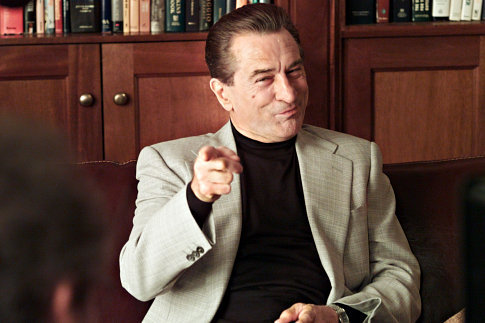
Overall, the movie is good for laughs “without falling into silliness,” the authors wrote.
Anastasia and Macnow are less kind to the sequel, Analyze That. The sequel “took the one-joke pleaser that was Analyze This and tried to squeeze another 96 minutes out of it,” the authors said.
“The first movie worked, because — even though it came out two months after The Sopranos hit HBO — the notion of a mobster seeing a shrink carried creative possibilities,” Anastasia and Macnow wrote. “The sequel has the same cast and the same jokes and the same basic plot. It seems nothing more than a compilation of skits that weren’t good enough to make the original, including De Niro mincing around singing ‘I Feel Pretty.’ Hey, there are retreads and then there are bald tires.”
Back to Analyze This, the authors offer a caution for those wanting to compare it to The Sopranos.
“The Sopranos is a storytelling feast,” the authors wrote. “By comparison, Analyze This is a bag of French fries. But you know what? Sometimes a bag of French fries is just fine.”
Larry Henry is a veteran print and broadcast journalist. He served as press secretary for Nevada Governor Bob Miller and was political editor at the Las Vegas Sun and managing editor at KFSM-TV, the CBS affiliate in Northwest Arkansas. Today, he is a senior reporter for Gambling.com.
Feedback or questions? Email blog@themobmuseum.org





